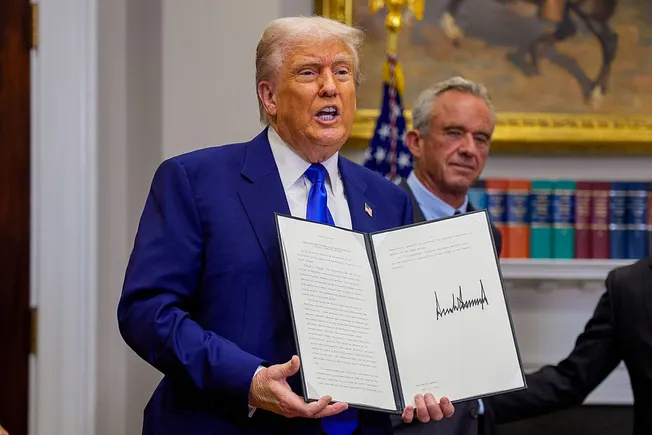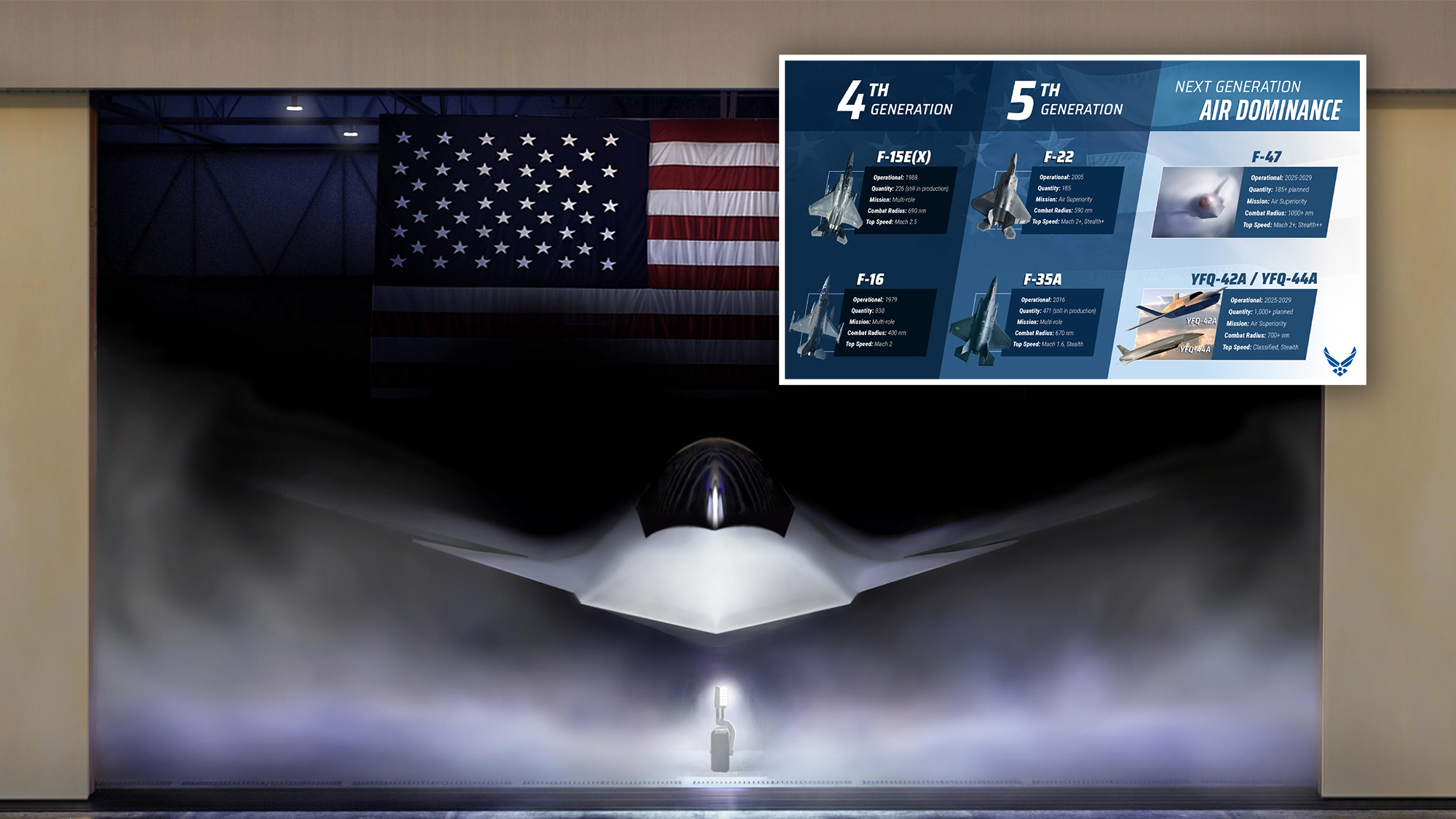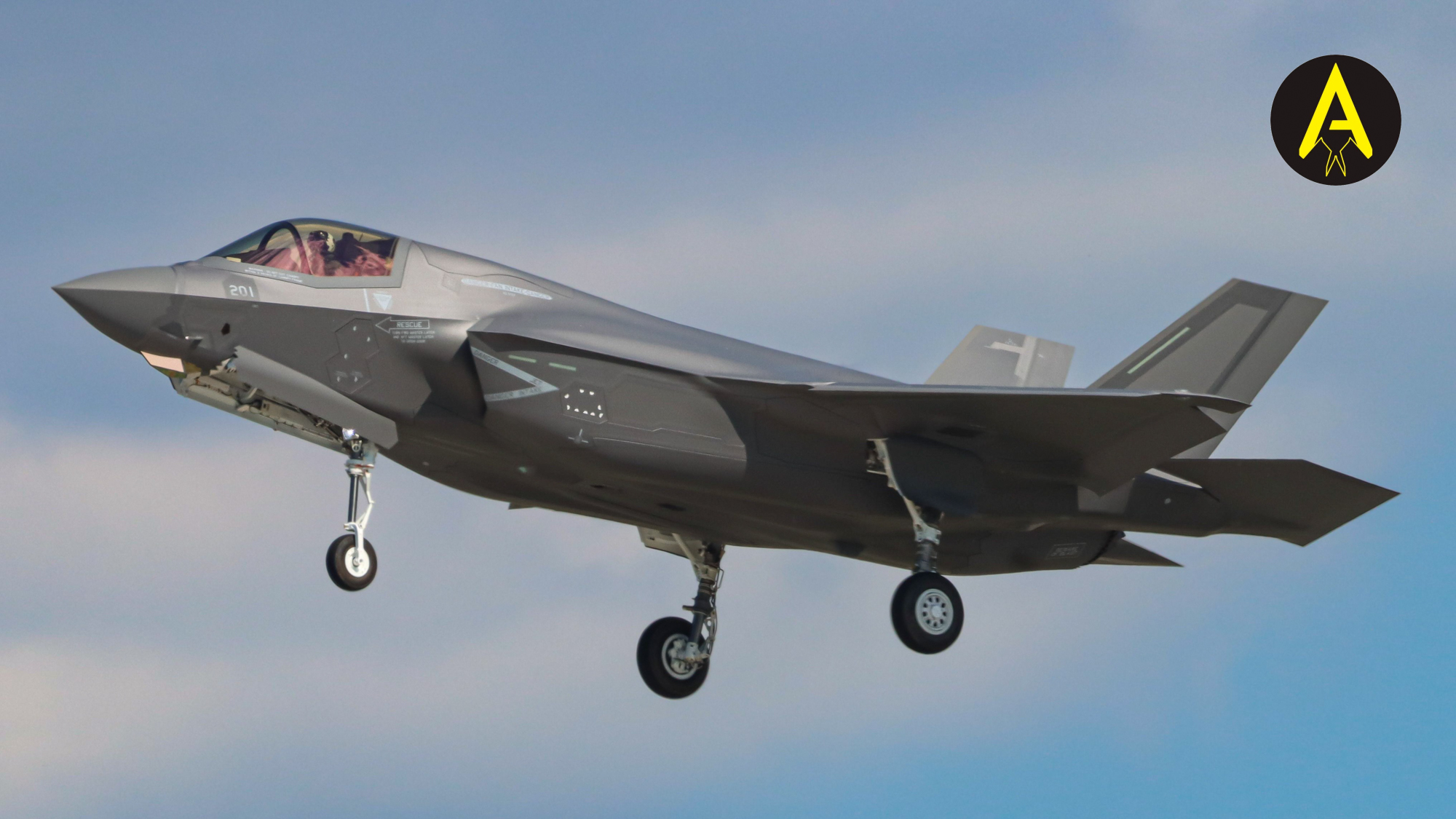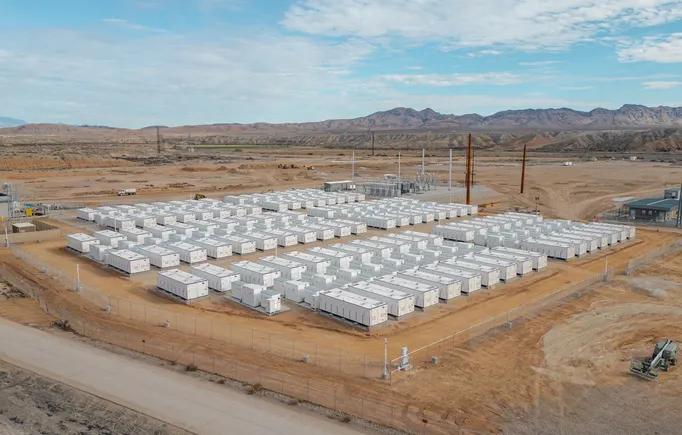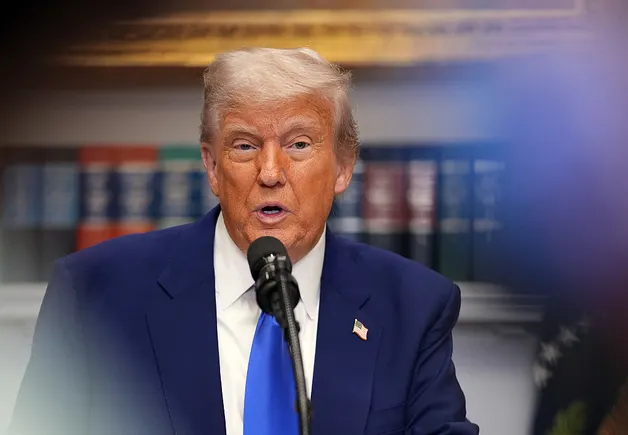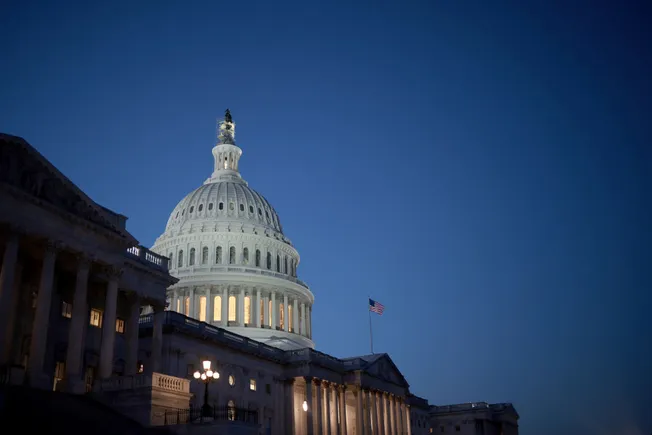U.S. and China reach comprehensive economic and trade agreement lowering tariffs
The US and China have reached a landmark trade agreement, pausing reciprocal tariffs for 90 days and lowering duty rates to normal levels. The post U.S. and China reach comprehensive economic and trade agreement lowering tariffs appeared first on FreightWaves.
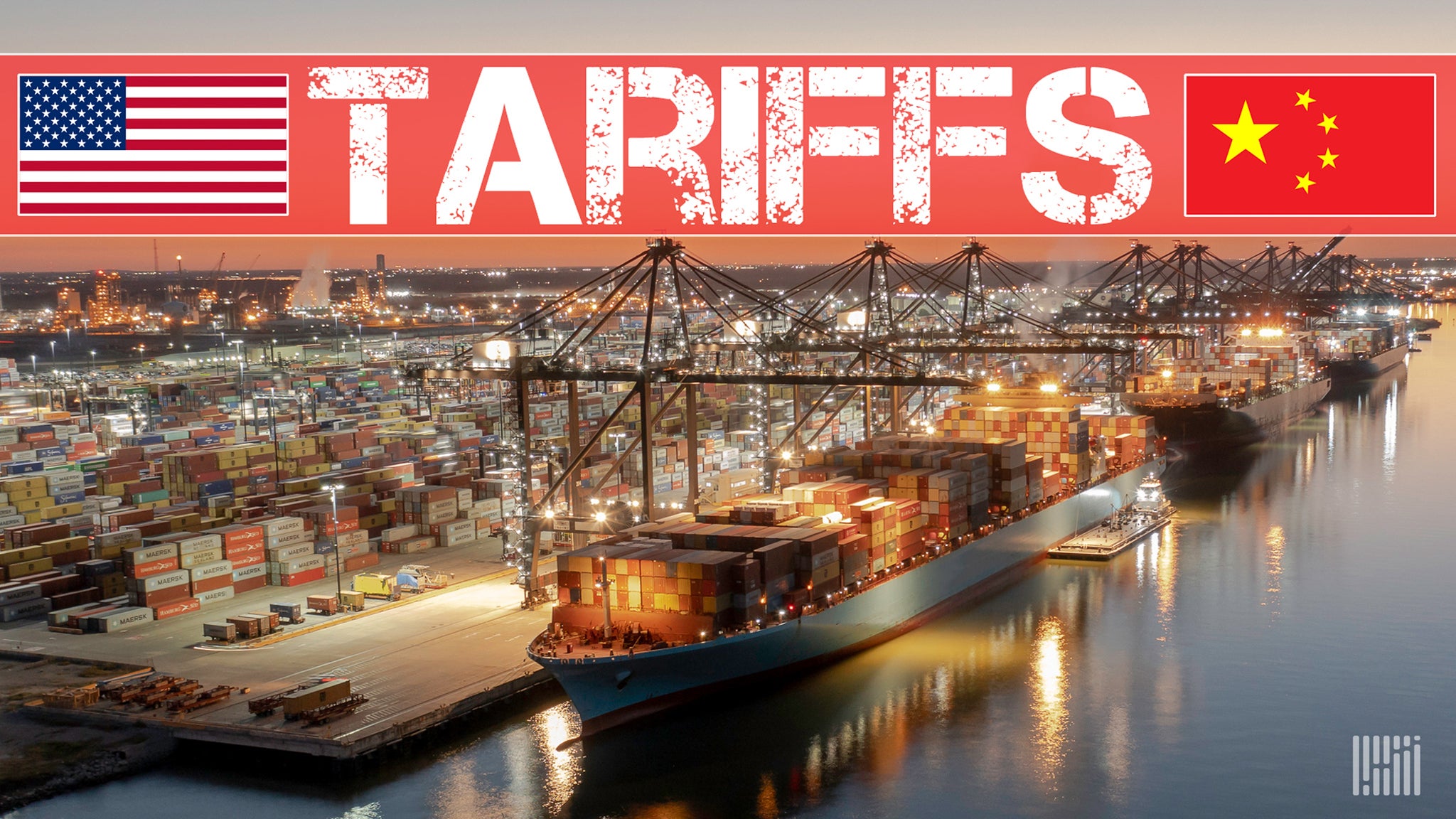
After weeks of uncertainty, the United States and China have formalized a new Economic and Trade Agreement aimed at addressing longstanding concerns and establishing clearer guidelines for commerce.
Strengthening Bilateral Economic Ties
The agreement underscores the critical importance of the economic relationship between the world’s two largest economies. Both nations have explicitly acknowledged that expanded trade, sticking to international market norms, and market-based outcomes serve their mutual interests, and creates broader international cooperation in the freight and logistics sectors.
The preamble to the agreement specifically recognizes the benefits of contributing to “the harmonious development and expansion of world trade” while addressing existing trade and investment concerns identified by both parties.
Intellectual Property: A Central Focus
A substantial portion of the agreement focuses on intellectual property protections, signaling a significant shift in China’s approach to this issue. China has acknowledged its ongoing transformation “from a major intellectual property consumer to a major intellectual property producer” and expressed belief that enhanced intellectual property enforcement aligns with its goals of building an innovative economy and promoting high-quality economic growth.
Under Article 1.1, both nations have formally affirmed their commitment to intellectual property provisions as outlined throughout the agreement, while Article 1.2 establishes that both parties “shall ensure fair, adequate, and effective protection and enforcement of intellectual property rights” and guarantee “fair and equitable market access” to entities relying on intellectual property protection.
Tariff Relief Achieved
The agreement includes a 90 day pause on most of the tariffs in place since April second to allow for “further negotiations” over the next three months. Both the US and China will roll back the reciprocal tariffs, with American tariffs on China sitting around 30 percent and duties on US goods around 10 percent. These lower rates will go into effect May 14th.
Trade Secrets and Confidential Business Information
The agreement places particular emphasis on trade secret protection, which the United States has highlighted as a priority concern. China has positioned trade secret protection as “a core element of optimizing the business environment,” with both nations committing to effective protection for trade secrets and confidential business information.
The agreement explicitly defines “confidential business information” as relating to trade secrets, processes, operations, customer information, and other commercially valuable data that could substantially harm competitive positions if disclosed.
Expanded Liability for Trade Secret Misappropriation
Article 1.3 establishes that “all natural or legal persons can be subject to liability for trade secret misappropriation,” with China specifically agreeing to define “operators” in trade secret cases to include all natural persons, groups of persons, and legal persons. Meanwhile, the United States has affirmed that its existing measures already provide equivalent protections.
Comprehensive Coverage Against Trade Secret Theft
The agreement broadens the scope of prohibited acts constituting trade secret misappropriation, with China agreeing to enumerate additional specific violations, including:
- Electronic intrusions
- Breach or inducement of a breach of duty not to disclose secret information
- Unauthorized disclosure or use occurring after acquisition of a trade secret under circumstances creating a duty to protect it
Both nations have committed to strengthening cooperation specifically on trade secret protection, with the agreement also addressing burden-shifting in civil proceedings related to trade secret cases.
Future Implications
This agreement represents a potential turning point in U.S.-China trade relations, establishing clearer guidelines for intellectual property protection while acknowledging China’s evolving role in the global innovation landscape. For logistics and supply chain professionals, these developments could signal reduced uncertainty in cross-border operations and intellectual property considerations when navigating business between the world’s two largest economies.
The post U.S. and China reach comprehensive economic and trade agreement lowering tariffs appeared first on FreightWaves.



































































